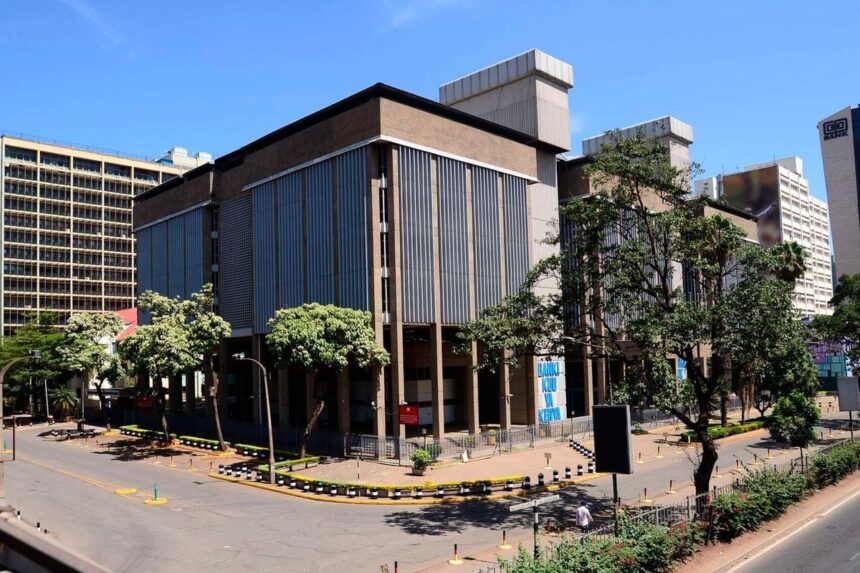
Commercial banks have borrowed from the Central Bank of Kenya’s (CBK) emergency discount window to finance government securities purchases as they see profit opportunities from lower interest rates compared to treasuries.
The discount window was intended to provide temporary liquidity to banks but has now been used to finance lenders’ short-term investment activities.
The International Monetary Fund (IMF) has announced the development as it continues to be cautious about the overreliance of some institutions on the apex bank for funding.
“Some banks continue to rely on the CBK discount window for reserve management or reported for investments into government securities as yields are higher than the CBK discount rate from August 2023,” the IMF said.
The discount window sees CBK as the lender of last resort providing secured loans to commercial banks on an overnight basis with penalties or penal rates above the Central Bank Rate (CBR).
Penal rates are intended to limit banks to seek funding only from the market and turn on the discount window as a last resort to meet obligations in exceptional circumstances.
Reforms for the operation of monetary policy have allowed commercial banks to access the window at a lower cost when the interest rate on government securities, including Treasury bills and bonds, has risen, creating opportunities for arbitrage – the benefits of interest rate differences.
This means that the bank can borrow from the cheap window, buy T-bills and bonds, locking in more returns.
The highest interest rate differential was in November last year when the return on 91-day paper was at 15.32 percent against the discount window rate of 14.5 percent. The difference in interest rates can generate substantial profits when billions of shillings are invested.
The differential has since closed with the 91-day T-bill rate falling to 13.96 percent last week, while the discount window rate is currently at 15 percent.
In August last year, the CBK’s monetary policy committee reduced the interest rate applied in the discount window from six to four percentage points above the CBR, opening up an arbitrage opportunity that had been brewing for months.
The IMF has consistently flagged window dependence by some banks that regularly tap the facility for funding.
The Kenya Bankers Association (KBA) has not commented on its members’ access to the window and has instead given money to CBK.
CBK has not yet responded to questions sent to it, but disclosures on the operation of the discount window show that the apex bank checks the banks tapping the facility on a regular basis and more than twice a week.
“CBK does not have an automatic standing facility regarding overnight loans. Access to the window is regulated by rules and guidelines that are reviewed from time to time by CBK. Banks that use this facility more than twice a week are examined, and supervisory actions are taken,” he said. CBK on the website.
Lowering rates in the discount window, as part of the modernization of monetary policy, is aimed at improving the functioning of the interbank market, shortening the spread of interest rates, reducing market segmentation and the transmission of monetary policy.
In 2011, the CBK denounced the abuse of the discount window, noting that some banks had turned to the facility as a permanent source of liquidity.
This saw the CBK set rules, including preventing banks from accessing funds from the window and the interbank market on the same day and limiting lending for one week at a level equal to each lender’s cash reserves.
Banks cumulatively tapped Sh81 billion from the discount window in the year to the beginning of August, according to market sources.
The lender is still implementing a repurchase agreement – a form of open market operation (OMO) of CBK- to get the most funds from the apex bank, with Sh4 trillion accessed at the same time.
Reverse repurchases (repos) require the purchase of government securities by the CBK from commercial banks to improve money market liquidity during periods of tighter than desired liquidity levels.




